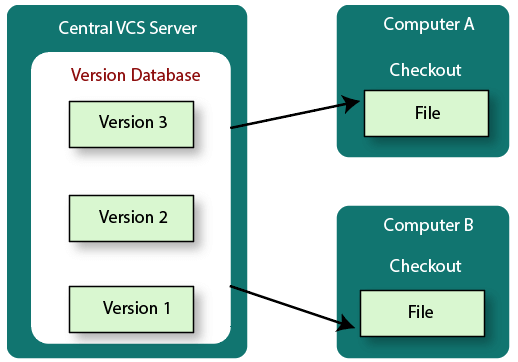

Git source code control software#
The general rule in software development to “keep separate things separate” exists for a reason.
Git source code control update#
Whenever you need to update the library code (because its maintainer delivered a great new feature or fixed a nasty bug) you again have to download, copy, and paste.The line between your own project and that of someone else (the library) starts to get blurry. By brute force copying third-party code into your project, you’re effectively mixing multiple projects into one.While certainly quick, this approach is definitely dirty for a couple of reasons:

When you need to include third-party code (such as an open-source library) you can of course go the easy way: just download the code from GitHub and dump it somewhere into your project. To make clear why Git’s submodules are indeed an invaluable structure, let’s look at a case without submodules. In this article, you’ll learn why submodules in Git are so useful, what they actually are, and how they work. Its “submodule” concept allows us to include and manage third-party libraries while keeping them cleanly separated from our own code. Git, the world’s most popular version control system, offers a great way to manage these dependencies in an elegant, robust way. That’s why so many projects use third-party code in the form of libraries or modules. It would be a waste of time to reinvent the wheel in your own code when someone else has already written a wonderful solution. Most modern software projects depend on the work of others.


 0 kommentar(er)
0 kommentar(er)
